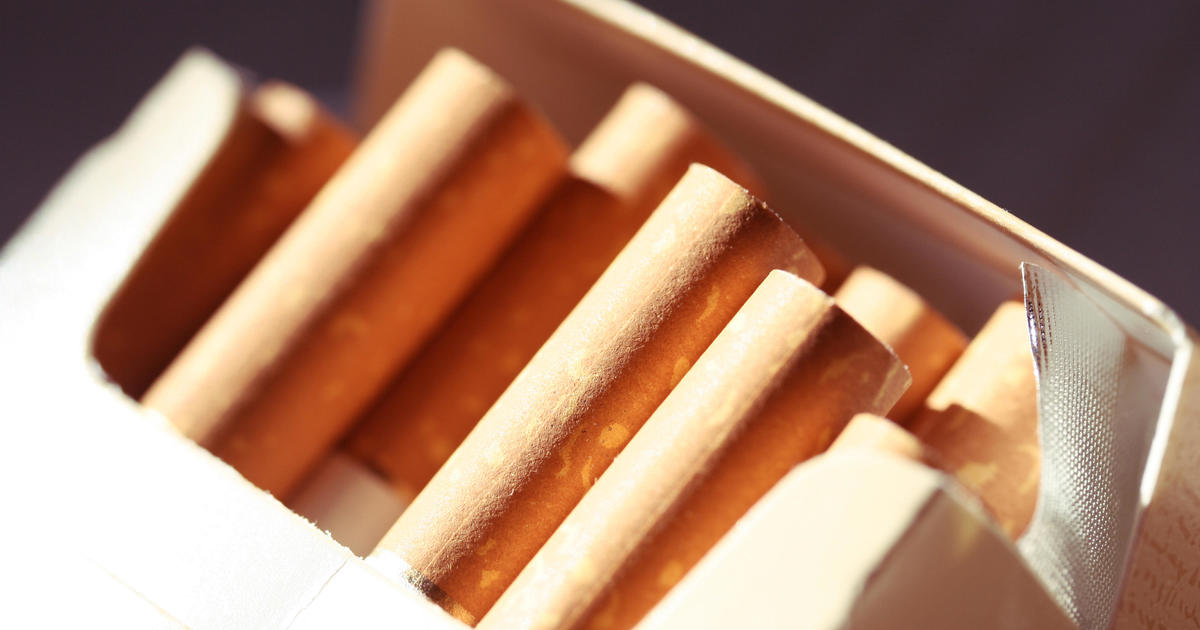Good Question: How Does Lead Get Into Our Water?
MINNEAPOLIS (WCCO) -- On Tuesday, Michigan Governor Rick Snyder apologized for the water crisis in Flint. So far, at least 100 children have been found with high lead levels in their blood after drinking the contaminated city water. Lead can lead to behavior problems, learning disabilities and irreversible brain damage.
So, how does lead get into our water? Good Question.
In rare cases, lead can get into water through industrial activity, but it's far more likely to make its way there through the pipes that connect the water main to our homes or through old brass plumbing fixtures in our homes that contain lead.
"There's no lead in our source water," says Jim Bode, product division manager for St. Paul Regional Water Services, which provides water from the Mississippi River for 415,000 people in the East metro. "As the water leaves the treatment facility, there's no lead."
Where lead can get into our drinking water, says Bode, is if the service connector line between the water main and homes is made of lead or copper with lead solder. Some of that lead within the pipes can leech or dissolve into the water. Of the 95,000 service connector lines in St. Paul, 12,000 to 14,000 of are made of lead.
"If you live in a home built prior to 1927 in St. Paul, there's a chance you still have a lead service connector," Bode says.
After 1927, copper was used to replace the lead in those pipes. The water main pipes have always been comprised of cast iron or cement.
But, Bode says not everyone with lead pipes will have lead in their water.
"It's a bit of randomizing behavior," he says.
Both St. Paul and Minneapolis, as well as most other cities, treat their water so it's less likely to corrode and allow lead to leech into the drinking supply. According to scientists who have studied the water in Flint, Michigan, the Flint River water source was more corrosive because of chloride.
"You have to make water that is not corrosive and we do due diligence to make sure that is the case," says Glen M. Gerads, director of the Minneapolis Water Treatment and Distribution Services
Every three years, the EPA requires the water treatment facilities to test the lead levels of the water in people's homes. St. Paul also performs checks for its customers when asked. Neither city says they've seen a problem with lead levels across the supply.
But, lead is invisible and tasteless, so Bode says the only way to really be sure it's not in someone's drinking water would be to test it. St. Paul offers that service to its customers for free.
Minneapolis and Minnesota Department of Health offer a list of certified laboratories that will perform those tests.



